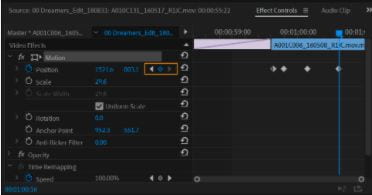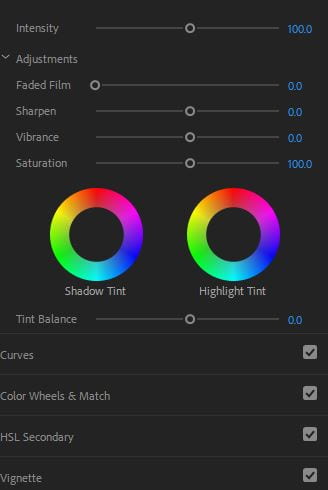Seanna Hainsworth- Critical reflection on component 3
A promotion package for the release of an album, to include:
-
a music video (major task)
-
a social media page (minor task
-
a digipak (minor task)
-
How do the elements of your production work together to create a sense of ‘branding’?
-
How did your research inform your products and the way they use or challenge conventions?
-
How do your products represent social groups or issues?
-
How do your products engage with the audience?
Having an overall mission statement that stated he was trendy and relatable really helped me design the overall brand which was represented with a conventionally bright pop colour palette, signifying a conventional metanarrative of a pop artist. The mission statement of our artist included key descriptions including ‘trendy, modern and relatable’. We conveyed these key descriptors across the package by ensuring the clothing was ‘on trend’ and modern, which we discovered from our research. The look of our products was also important when looking at the branding. All of the products in the package work in unison to create a cohesive representation of the artist. There are various stages and various ways we have represented him as such across the different products within our package – de Saussure would describe this as using clear denotations that have relevant connotations – the signifier and the signified – to encourage a preferred reading. They were brought cohesively together in the SMP where it was clear to see the elements that helped create that overall sense of branding.
For example some of the star image that my target audience would expect to see was that overarching idea of his relatable and natural persona. This was evident in all of the products – the pace of edit along with the ‘point of view shots’ created a more real life feel and in the music video which conveyed him through an ordinary life, as Dyer would suggest. Meanwhile, in the digipak, this was somewhat juxtaposed by representing as a more of an extraordinary character. The paradox of the star with him both being ordinary and extraordinary are clear to see in the branding. The semic codes of the modest expression and the cultural code of the setting being outside in nature having fun with peers and resolving issues, allowing them to be free in the air are all examples of what Barthes would term the narrative code. Our audience should be able to decode the idea that whilst he is an extraordinary character with stardom and his success through music but also his normal and contemplative side. These two products were heavily promoted on the Social Media Page where the fan base would expect to be teased and tempted to follow his exploits and also feel involved in the promotion of his album and music video.
We researched professional pop music videos and understood quite quickly that they were large performance videos with live and edited footage. Most of it has a very limited aspect of narrative. They use a conventional Mise en Scene of bright coloured clothes, vibrant makeup and high key lighting. In particular we watched Ella Eyre’s music video ‘Together’ and decided to use some of the generic conventions of MES like the high key lighting to connote happiness and pride and modern feel through the use of on trend clothing. We also used a variety of conventional shots which included extreme long shots and extreme close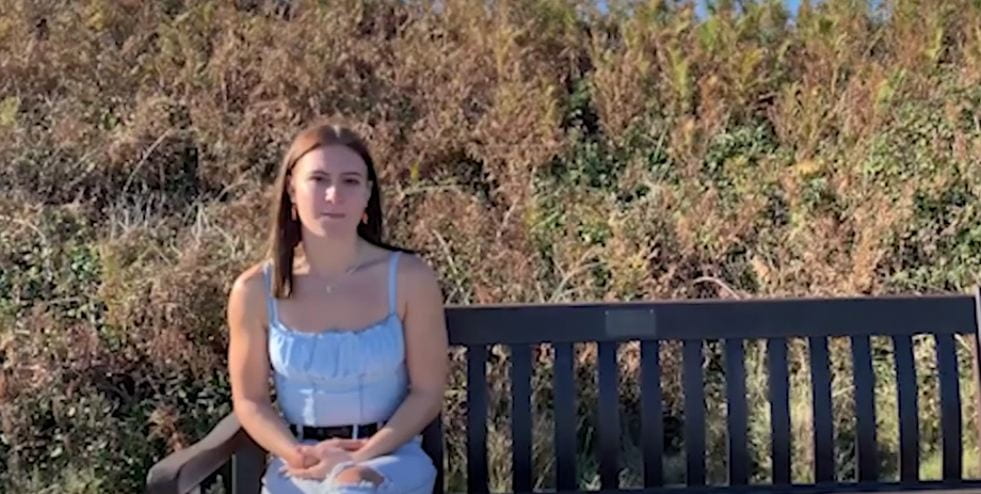 ups, these show the intimacy between the song and the artist and at different points within the song and also to give a more natural feel for the video. These elements are what Lacey would call the repertoire of elements – that are expected conventions that our target audience would expect to see. Altman would argue, is the blueprint for a successful and conventionally recognisable pop music video, therefore fitting into our genre.
ups, these show the intimacy between the song and the artist and at different points within the song and also to give a more natural feel for the video. These elements are what Lacey would call the repertoire of elements – that are expected conventions that our target audience would expect to see. Altman would argue, is the blueprint for a successful and conventionally recognisable pop music video, therefore fitting into our genre.
However, in our production I decided to develop and challenge those conventions. Instead of an equal variety we made it more performance based with it not solely relying on portraying a narrative. This was partially part of the blueprint, so I challenged the norms, which the audience would expect as from any other pop video. We felt that a suitably filmed and styled performance could fit the expectations of the audience and the contract, as Altman suggests, would be fulfilled. Binary oppositions are present in the narrative of love and hate so in that sense Strauss would argue the narrative content is conventional. Our video sho wed a love and hate relationship between a pair. The music video was structured in a linear fashion as we were trying to portray the narrative in chronological order from the beginning of summer to the end, interlinking the elements of lip-syncing. This was unconventional as music video narratives are normally episodic and anachronic so as to encourage a repeat view, we had a beginning, middle and an end which was a traditional narrative arc as Todorov would describe, therefore it was unconventional for a music video narrative.
wed a love and hate relationship between a pair. The music video was structured in a linear fashion as we were trying to portray the narrative in chronological order from the beginning of summer to the end, interlinking the elements of lip-syncing. This was unconventional as music video narratives are normally episodic and anachronic so as to encourage a repeat view, we had a beginning, middle and an end which was a traditional narrative arc as Todorov would describe, therefore it was unconventional for a music video narrative.
Representing our star image in a genuine and realistic way for our genre, in all of our products, was a key aspect in creating a successful package. Our star is recognised for the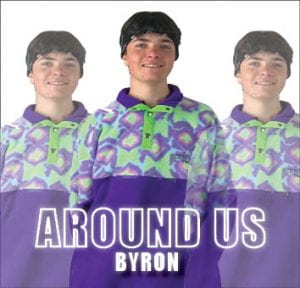 ir modern and trendy look and as such their metanarrative is one that portrays their relatable and normal life which juxtaposes their stardom and being in the spotlight. We have clearly evidenced the extraordinary and ordinary aspect of Dyer’s paradox of the star theory within our star, he displays contrasting personalities as demonstrated on his social media page. On one side the star is recognised for his fame, popularity and his music as he performs at gigs and promotes his nation wide tours. Whereas on the other hand he displays his ordinary life, spending time with friends and enjoying his youthful days.
ir modern and trendy look and as such their metanarrative is one that portrays their relatable and normal life which juxtaposes their stardom and being in the spotlight. We have clearly evidenced the extraordinary and ordinary aspect of Dyer’s paradox of the star theory within our star, he displays contrasting personalities as demonstrated on his social media page. On one side the star is recognised for his fame, popularity and his music as he performs at gigs and promotes his nation wide tours. Whereas on the other hand he displays his ordinary life, spending time with friends and enjoying his youthful days.
I wanted to represent him on the Digipak as a confident and modest character though, so developed the conventions of 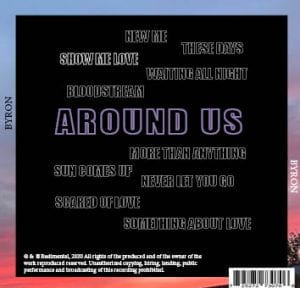 his representation. I photographed him with high key lighting, in a white studio dressed in bright clothes, which would infer how he represents his personality as self assured and confident. However, he was not showing anything which highlighted his stardom as he was acting very naturally. The paradox of the star that Dyer would talk about is not that apparent in the digipak. It was also a symbolic code, as Barthes would say, of his more thoughtful nature, he would argue the semic code of him posing thoughtfully would be read by the audience as a sign of his unfussy, compassionate personality.
his representation. I photographed him with high key lighting, in a white studio dressed in bright clothes, which would infer how he represents his personality as self assured and confident. However, he was not showing anything which highlighted his stardom as he was acting very naturally. The paradox of the star that Dyer would talk about is not that apparent in the digipak. It was also a symbolic code, as Barthes would say, of his more thoughtful nature, he would argue the semic code of him posing thoughtfully would be read by the audience as a sign of his unfussy, compassionate personality.
The Social media page is full of opportunities to engage the fans of Byron. As Hall describes, encoding a ny media text with the expected signs and symbols is imperative in order that the target audience can decode it and ‘get’ a preferred reading of the text. We ensured our SMP was conventional for our genre but didn’t make it specific so what we encoded as the Hall theory suggests, the audience could take away and decode to their own desire. If the repertoire of elements is ‘off-piste’ then the audience could reject the text by getting an oppositional reading of it.
ny media text with the expected signs and symbols is imperative in order that the target audience can decode it and ‘get’ a preferred reading of the text. We ensured our SMP was conventional for our genre but didn’t make it specific so what we encoded as the Hall theory suggests, the audience could take away and decode to their own desire. If the repertoire of elements is ‘off-piste’ then the audience could reject the text by getting an oppositional reading of it.

Furthermore, there were other opportunities to socially interact with other fans and the star himself by the inclusion of a livestream on instagram and also questions in the captions of his post where fans could comment their reply for him to see. There was also a link to a merchandise page for his new products associated with his upcoming album, this meant fans could easily access the site and buy fashion branded by the artist which may make them feel closer with the star. The page also included a lot of important and relevant information along with some entertainment which meant the fans could find out about things such as tour dates, teasers for the video and content of what he was up to.I The SMP was also full of photographs, captions, tags, comments that ‘spoke’ his language and successfully gave a message to the audience – both in literal and visual terms to encourage a preferred reading. These are examples of aspects of Blumler & Katz theory of Uses and Gratification.

